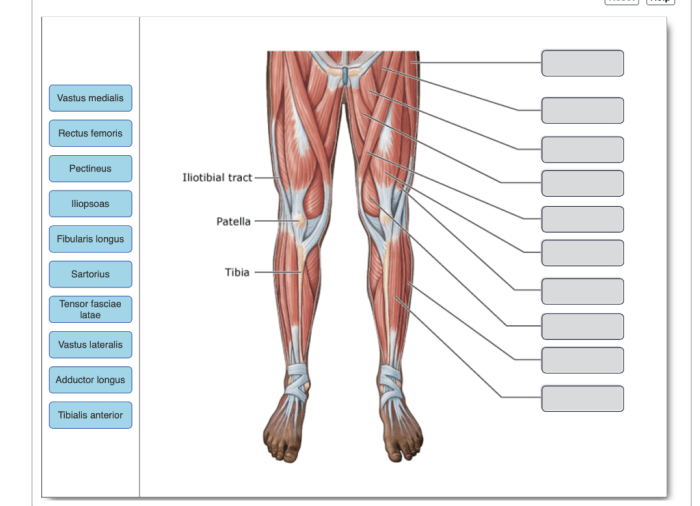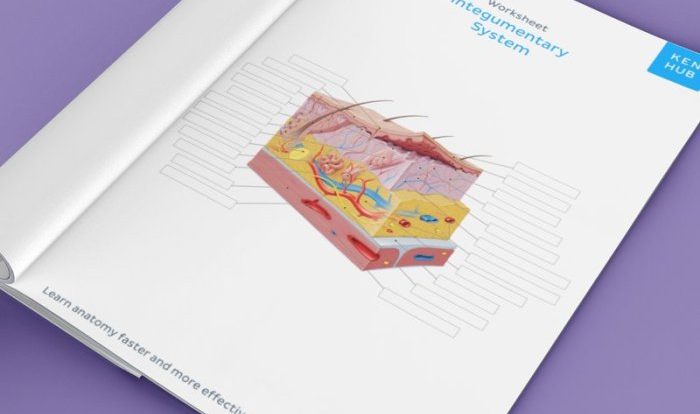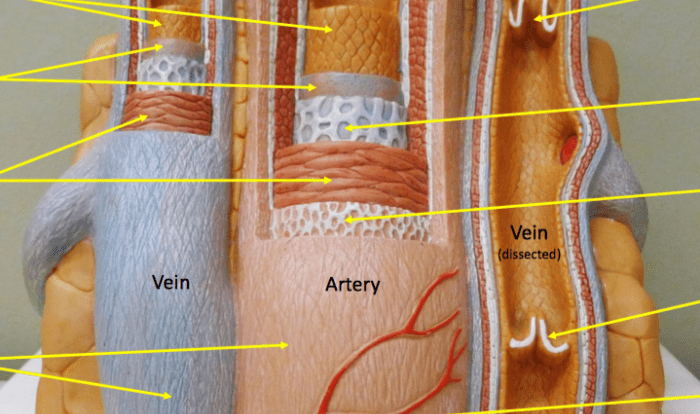Introducing the art-labeling activity: anterior muscles of the lower body, an innovative educational tool designed to enhance anatomical understanding through the power of visual learning and kinesthetic engagement. This activity invites students on an immersive journey, empowering them to grasp the intricate details of the lower body’s anterior muscle groups with remarkable clarity and precision.
By engaging in this meticulously crafted activity, students will embark on a quest to identify, locate, and label the primary muscles responsible for movement and support in the lower body. Through a combination of visual aids, hands-on labeling, and interactive exploration, they will gain an unparalleled understanding of the human body’s intricate architecture.
Introduction to Art-Labeling Activity: Anterior Muscles of the Lower Body

Art-labeling activities are a valuable tool in anatomical education, providing students with a hands-on, visual approach to learning. This activity specifically focuses on the anterior muscles of the lower body, providing an in-depth understanding of their locations, functions, and relationships.
s for the Activity

* Use anatomical charts or textbooks as reference materials.
- Identify the anterior muscles of the lower body and their specific anatomical locations.
- Label each muscle with its correct name and origin and insertion points.
- Describe the functions of each muscle.
- Submit labeled illustrations or tables for assessment.
Muscles of the Anterior Lower Body
### Quadriceps Femoris*
-*Location
Anterior thigh
-
-*Origin
Femur
-*Insertion
Patella and tibia
-*Function
Knee extension
### Sartorius*
-*Location
Medial thigh
-
-*Origin
Ilium
-*Insertion
Tibia
-*Function
Hip flexion, knee flexion, and lateral rotation
### Rectus Femoris*
-*Location
Anterior thigh
-
-*Origin
Ilium and pubis
-*Insertion
Patella
-*Function
Knee extension and hip flexion
### Gracilis*
-*Location
Medial thigh
-
-*Origin
Pubis
-*Insertion
Tibia
-*Function
Knee flexion and adduction
### Pectineus*
-*Location
Medial thigh
-
-*Origin
Pubis
-*Insertion
Femur
-*Function
Hip adduction and flexion
### Adductor Longus*
-*Location
Medial thigh
-
-*Origin
Pubis
-*Insertion
Femur
-*Function
Hip adduction
### Adductor Brevis*
-*Location
Medial thigh
-
-*Origin
Pubis
-*Insertion
Femur
-*Function
Hip adduction
### Adductor Magnus*
-*Location
Medial thigh
-
-*Origin
Pubis and ischium
-*Insertion
Femur
-*Function
Hip adduction and extension
Benefits of Art-Labeling Activities

* Enhanced understanding of anatomical structures and their relationships
- Improved visual memory and retention
- Increased kinesthetic engagement and muscle-mind connection
- Facilitated learning of complex anatomical concepts
Variations and Modifications
* Use different art media, such as crayons, markers, or watercolors.
- Incorporate technology, such as digital drawing tablets or interactive anatomy apps.
- Adjust the level of detail required for labeling based on skill level.
Assessment and Evaluation
* Assess the accuracy and completeness of muscle labeling.
- Use rubrics or criteria to evaluate the quality of illustrations or tables.
- Consider student presentations or group discussions to further assess understanding.
Questions Often Asked
What are the benefits of using art-labeling activities in anatomical education?
Art-labeling activities offer a multitude of benefits, including enhanced understanding of anatomical structures and their relationships, improved visual learning, and increased kinesthetic engagement, leading to superior knowledge retention.
How can I modify the art-labeling activity to cater to different learning styles?
The activity can be tailored to suit diverse learning styles by incorporating different art media, such as drawing, painting, or sculpting. Additionally, technology can be integrated to provide interactive simulations or virtual reality experiences.

